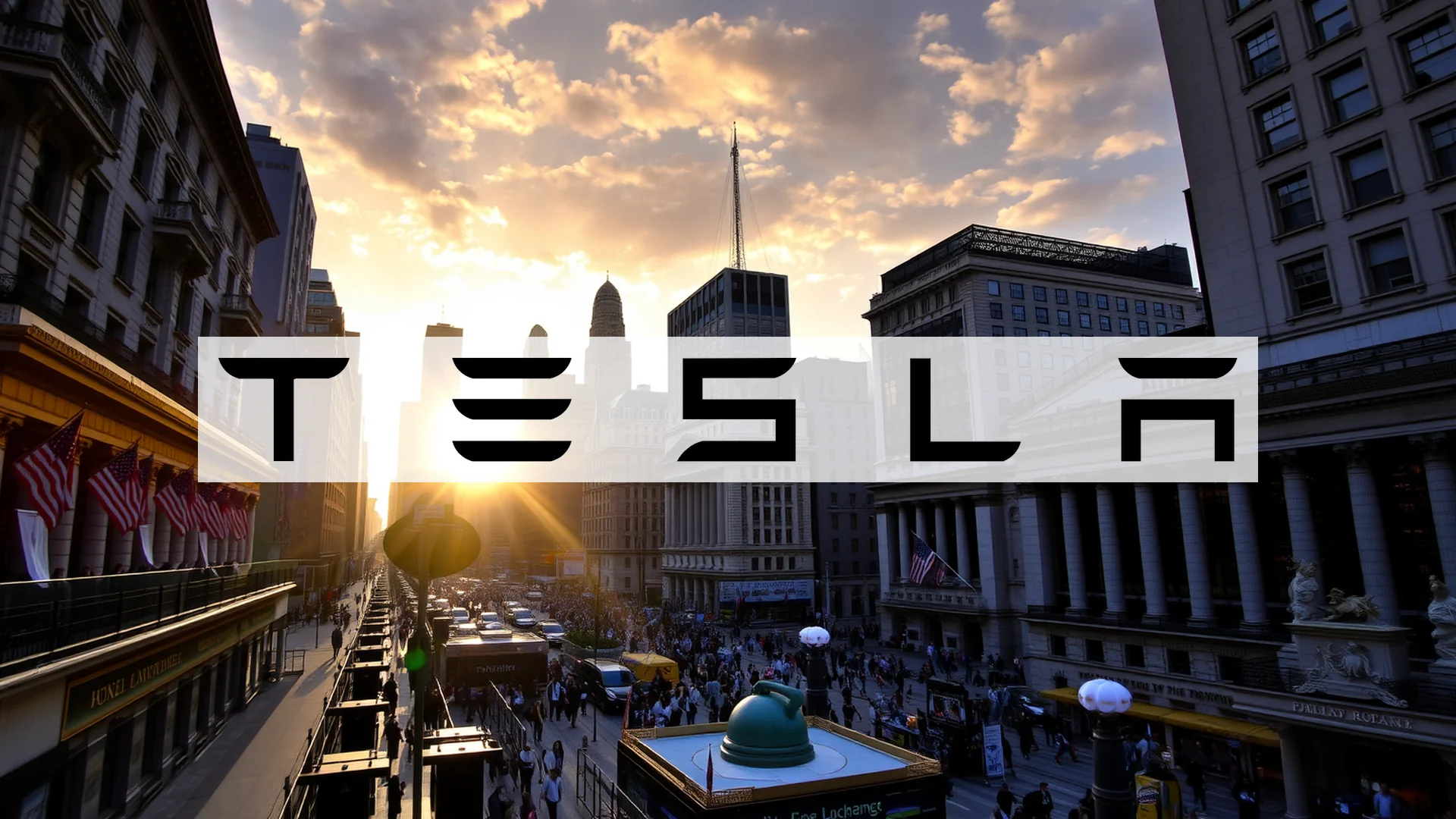Tesla is confronting a significant management crisis following the simultaneous departure of two key executives overseeing its most critical vehicle programs. The exits come as the electric vehicle manufacturer navigates production challenges with its Cybertruck and depends heavily on its best-selling Model Y for delivery growth.
Critical Departures Hit Core Operations
Siddhant Awasthi, who rose from an intern eight years ago to lead the Cybertruck program, confirmed his departure via LinkedIn on Monday. His exit occurs during a particularly challenging period for the futuristic pickup truck, which has been plagued by manufacturing complications, safety recalls, and underwhelming sales performance since its market debut.
In a parallel development, Emmanuel Lamacchia, the executive responsible for Tesla’s global top-seller Model Y, has also left the company. This vehicle represents Tesla’s primary growth engine in terms of delivery volumes. These high-profile exits represent the most recent in a string of senior-level departures throughout the year.
Analyst Perspective: Cautious Outlook Amid AI Focus
Market analysts are expressing concern about Tesla’s trajectory. William Stein of Truist Securities reaffirmed his “Hold” rating for Tesla shares on Tuesday, noting that while CEO Elon Musk remains “essential to the company’s success,” the overall outlook appears “difficult.” Stein’s analysis suggests approximately two-thirds of Tesla’s current valuation depends on unproven artificial intelligence initiatives, including autonomous driving technology, robotaxis, and humanoid robots—projects whose commercial viability remains “distant.”
Should investors sell immediately? Or is it worth buying Tesla?
Strategic Challenges Compound Leadership Void
The leadership vacuum emerges during a precarious period for Tesla’s operations. The company faces the impending expiration of $7,500 U.S. tax credits that have previously supported vehicle sales. Industry experts already anticipate declining delivery figures for the fourth quarter. The absence of experienced program managers could further complicate Tesla’s ability to navigate these operational headwinds.
Meanwhile, Tesla continues its strategic repositioning from pure-play automaker to “AI and robotics company.” This transformation involves ambitious objectives, including expanding its robotaxi service to five additional U.S. cities and advancing development of the Optimus humanoid robot. A depleted leadership roster makes executing this dual strategy increasingly challenging.
Investors and market observers now await Tesla’s next quarterly report, expected between January 23 and 28, 2026, which should provide crucial insights into whether the company can stabilize its core automotive leadership while advancing its artificial intelligence ambitions.
Ad
Tesla Stock: Buy or Sell?! New Tesla Analysis from November 11 delivers the answer:
The latest Tesla figures speak for themselves: Urgent action needed for Tesla investors. Is it worth buying or should you sell? Find out what to do now in the current free analysis from November 11.
Tesla: Buy or sell? Read more here...










